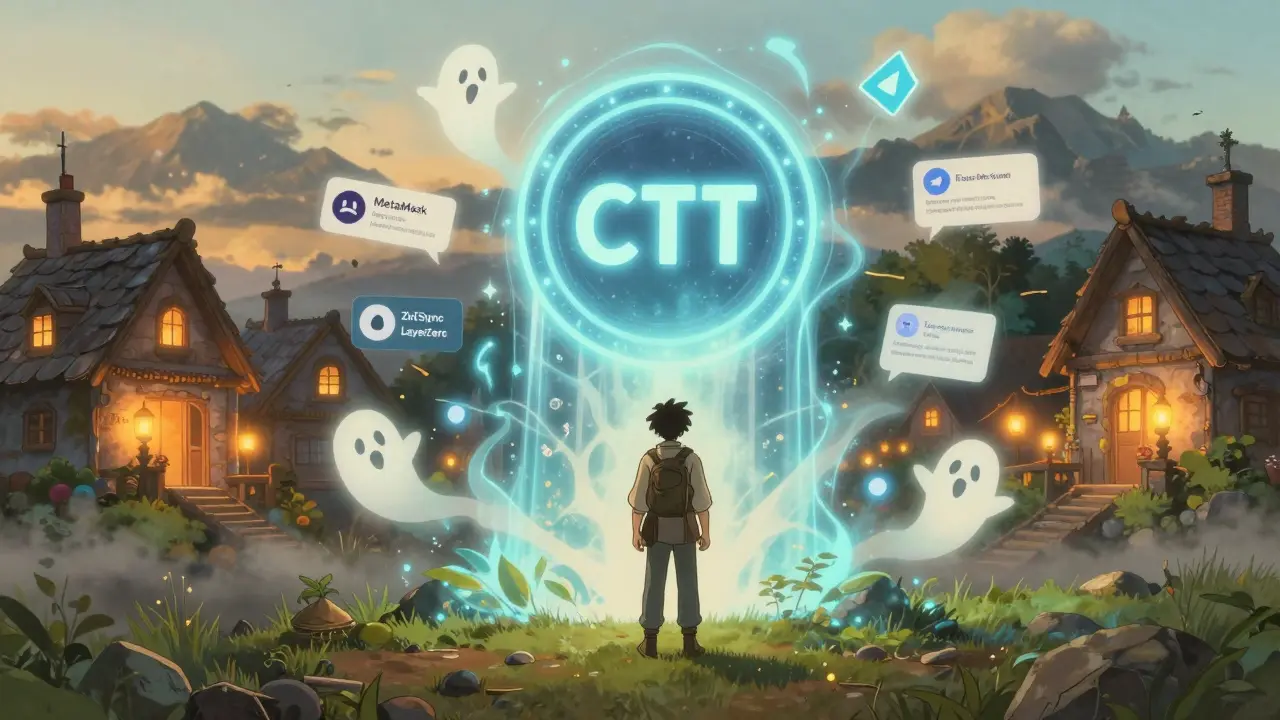Patient Data Privacy
When you think about patient data privacy, the practice of protecting personal health information from unauthorized access, sharing, or misuse. Also known as health data privacy, it forms the backbone of trustworthy healthcare systems. A core tool is encryption, the process of converting data into a coded format that only authorized parties can decode, which turns readable records into unreadable ciphertext until the right key is presented. Compliance with HIPAA, the U.S. Health Insurance Portability and Accountability Act that sets national standards for protecting medical records is mandatory for most providers, and it dictates how encryption, audit trails, and breach notifications must be handled. Emerging blockchain, a decentralized ledger that can store health records immutably and transparently offers new ways to enforce consent, verify data provenance, and grant patients granular control over who sees their information. In short, patient data privacy encompasses encryption, requires HIPAA compliance, and is increasingly influenced by blockchain technology, creating a layered defense that protects sensitive health data from both external hackers and internal mishandling.
Key Concepts for Protecting Patient Data
To turn theory into practice, start by classifying every data point you collect—lab results, appointment notes, billing info—as either PII (personally identifiable information) or PHI (protected health information). Once classified, apply end‑to‑end encryption at rest and in transit; most modern cloud providers now offer built‑in key‑management services that let you rotate keys without downtime. Next, map every data flow to a consent record: who gave permission, what they allowed, and for how long. Consent management platforms that embed blockchain hashes can provide an immutable audit trail, proving that a patient’s consent was recorded exactly as stated. After the technical safeguards, embed administrative controls: role‑based access, multi‑factor authentication, and regular training for staff on phishing and social engineering—because human error remains the biggest breach vector. Finally, run continuous compliance checks against HIPAA’s Security Rule and any local regulations (like GDPR for EU patients). Automated compliance monitoring tools can flag misconfigurations, missing encryption, or unauthorized API calls in real time, letting you remediate before a breach becomes public. By weaving encryption, consent, blockchain verification, and strict compliance monitoring together, you build a resilient privacy framework that not only meets legal standards but also earns patient trust.
Below you’ll find a curated collection of articles that dig deeper into each of these building blocks—whether you’re looking for a quick guide on end‑to‑end encryption, a case study on blockchain health records, or the latest updates on HIPAA enforcement. Use them to fine‑tune your privacy strategy and stay ahead of emerging threats.






